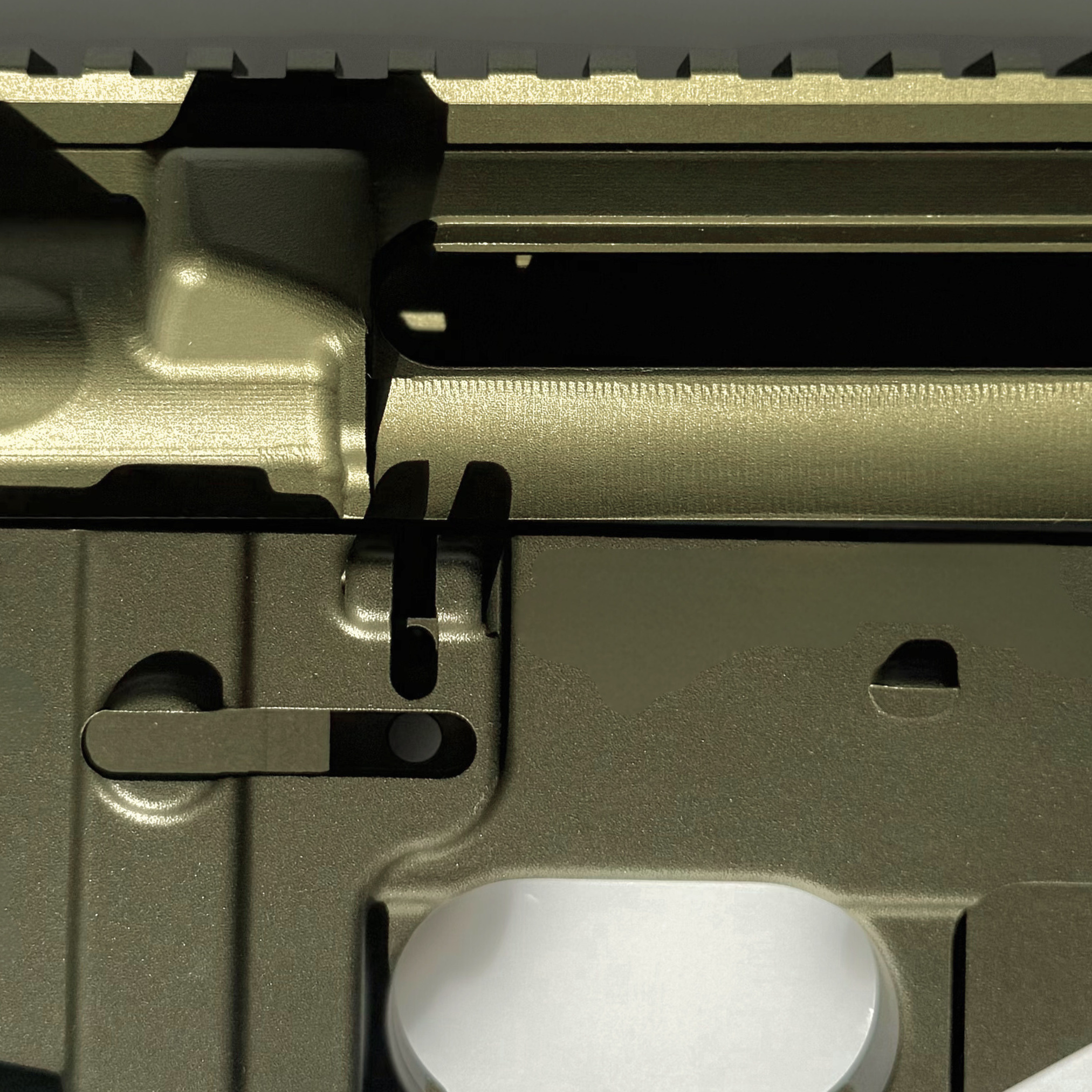DESCALING METALS SURFACES
WHAT IS DESCALING?
Descaling is a surface treatment process that removes oxide layers, contaminants, and scale from metal surfaces using a combination of abrasive blasting and/or electropolishing methods. This ensures a clean, smooth, and corrosion-resistant surface.
-
Removes scale and contaminants effectively
Enhances surface cleanliness and smoothness
Improves corrosion resistance
Increases durability and lifespan of metal parts
Reduces surface roughness
Provides a high-quality finish with minimal material loss
Ensures precision and uniform results across complex geometries
-
Electropolishing: Best for achieving a smooth, highly reflective surface with excellent corrosion resistance. Ideal for parts requiring precision, such as medical implants or aerospace components.
Blasting: Effective for aggressive scale and contaminant removal, ideal for heavier oxidation and surface roughness, such as in industrial machinery or structural components.
-
Preparation: Parts are cleaned to remove dirt and grease.
Blasting: Abrasive blasting is used to remove scale and surface impurities.
Electropolishing: Electropolishing smooths and brightens the surface by removing a controlled amount of metal.
Final Cleaning: Parts are rinsed and inspected for a clean, polished finish.
-
Descaling using blasting and electropolishing is used across various industries:
Aerospace: For turbine blades, structural components, and precision parts
Medical: For implants, surgical instruments, and components requiring high sterility
Automotive: For engine parts, exhaust systems, and structural components
Military/Defense: To prepare parts for protective coatings and enhance corrosion resistance
Industrial: For machinery and parts exposed to harsh environments
Common parts include:
Oxide-laden metal surfaces
High-performance alloys
Complex components with intricate details
Parts requiring superior corrosion resistance
Components needing a smooth, high-quality finish
Due to the versatility of these methods, descaling can handle a wide range of sizes from small components to large assemblies.
-
Utilizing a combination of abrasive blasting and electropolishing, descaling efficiently removes scale, oxides, and contaminants from metal surfaces. This process improves surface quality, enhances durability, and ensures optimal performance in aerospace, medical, and industrial applications. The precision of electropolishing combined with abrasive blasting ensures that surfaces are smooth, clean, and protected against corrosion, making it an ideal solution for demanding environments.















